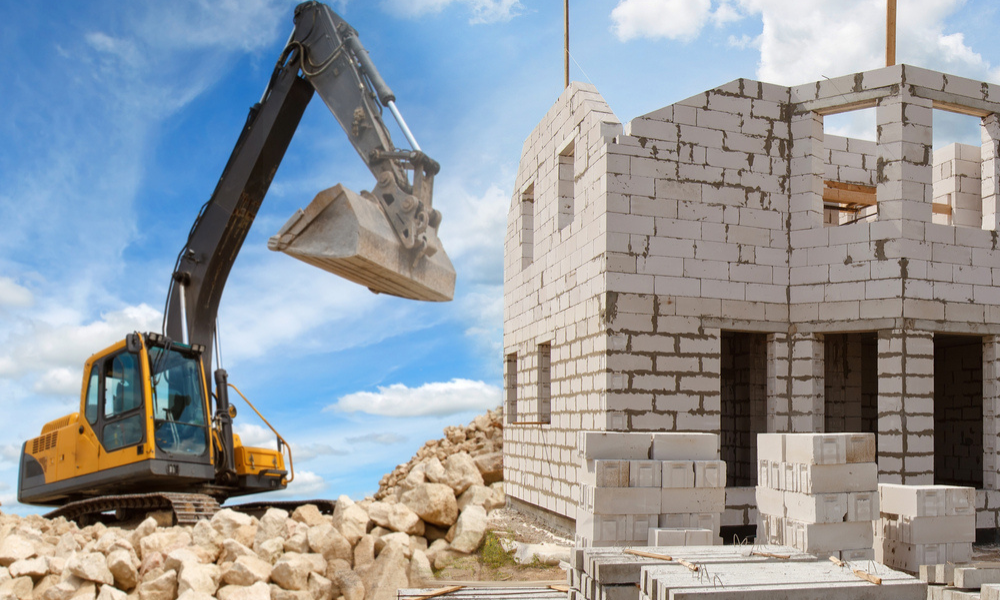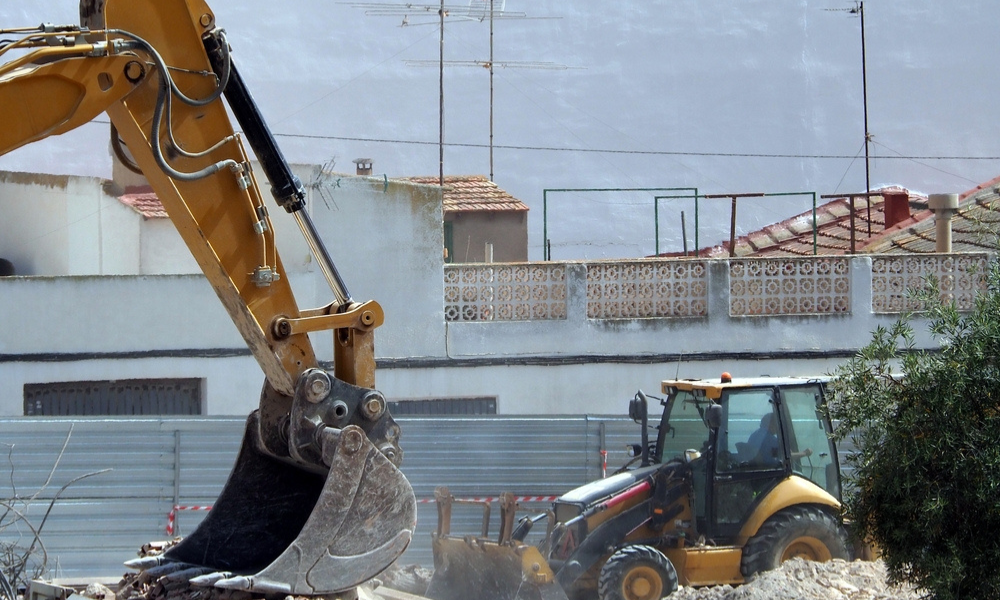Estimated reading time: 5 minutes
Tearing things down is the easy part—getting ready for what comes next is where the real work begins. Before a renovation can take shape, I make sure everything is cleared, secured, and set up for a smooth transition. Whether it’s a home remodel or a major commercial upgrade, proper preparation prevents unnecessary delays and costly surprises.
So, how do I approach the process? It all starts with a well-planned strategy that prioritizes safety, efficiency, and environmental responsibility. Here’s what I’ll cover:
What You’ll Learn:
Initial Site Assessment & Planning – Understanding the structure and materials involved
Permits & Legal Requirements – Avoiding red tape that could halt progress
Hazard & Utility Checks – Ensuring a safe working environment
Selective vs. Full-Scale Demolition – Knowing what to remove and what stays
Sustainable Debris Management – Salvaging, recycling, and proper disposal
Final Cleanup & Preparation for Construction – Setting the foundation for a fresh start
Let’s dive in.
Site Assessment: Evaluating the Space Before Work Begins
Before lifting a tool, I take a deep look at the location to identify potential challenges. A thorough evaluation makes sure nothing is left to chance.
Structural Review – What materials am I working with? Are there any weak points that require reinforcement?
Environmental Factors – Are there hazardous substances like asbestos, lead-based paint, or mold that require special handling?
Access & Logistics – How will equipment be brought in and materials be removed without disrupting nearby properties?
Project Goals – Some projects require a complete teardown, while others need careful removal of interior components.
Skipping this step? Not an option. It’s what prevents unnecessary risks, costly errors, and unexpected setbacks.
Permits & Legal Requirements: Getting the Green Light

Paperwork may not be exciting, but skipping it can put a project on hold. Before starting any structural changes, I make sure all necessary permits and approvals are in place.
Reviewing local regulations – Every city and municipality has unique codes for removing structures or altering buildings.
Securing permits – Different projects require different levels of approval, especially when dealing with hazardous material removal.
Community notifications – If it’s a large-scale job, informing neighbors helps avoid complaints and ensures compliance.
A little preparation on the front end saves a lot of trouble later.
Related Read: How to Choose the Right Demolition Company Near You
Safety First: Identifying Hazards & Cutting Utilities
Demolition work comes with risks, which is why safety planning is a top priority. A well-prepared workspace minimizes accidents and protects workers, clients, and nearby structures.
Key Safety Measures:
Checking for hazardous substances – If asbestos, lead, or mold are present, they need professional removal.
Stabilizing weak structures – Ensuring adjacent walls or supports don’t collapse unexpectedly.
Minimizing dust & debris spread – Using water misting and containment barriers to keep air quality under control.
Utility Disconnections:
One of the biggest dangers is active utilities—a single misstep can cause major problems. That’s why I always:
Coordinate with utility providers to shut off electricity, gas, and plumbing before any major work begins.
Mark underground pipes or wiring to prevent accidental damage.
Double-check before removing walls that might have hidden electrical lines.
A secure workspace leads to a smooth operation.
Related Read: Safety Tips for Watching a Demolition Project Unfold
Selective vs. Full Demolition: Choosing the Right Approach

Not every job requires leveling a building to the ground. Sometimes, only specific areas need to be taken out while preserving the rest.
Selective Removal:
Ideal for renovations where key structures remain intact
Requires careful extraction of flooring, walls, or fixtures
Common in historical restorations and interior remodels
Full-Scale Teardown:
Necessary for projects that require a fresh foundation
Uses heavier equipment like bulldozers and excavators
Best suited for unstable or outdated buildings
Understanding the goal of the project determines the right method to use.
Related Read: DIY Demolition vs. Hiring Pros: What You Need to Know
Sustainable Debris Management: Salvaging & Recycling
Taking down a structure creates a lot of material waste, but not everything belongs in a landfill. I make it a priority to:
Salvage reusable components – Wood, bricks, and metal can often be repurposed.
Recycle concrete & steel – Many materials are processed and used for new construction.
Dispose of hazardous substances safely – Handling toxic materials properly protects the environment.
A responsible approach isn’t just good for the planet—it also keeps costs down by reducing disposal fees.
Related Read: Eco-Friendly Demolition: How Experts Reduce Waste
Cleanup & Final Preparation: Getting Ready for the Next Phase
Once the dust settles, it’s time for the final phase—clearing out debris and prepping the ground for its next use.
Debris removal: Heavy materials are hauled away using specialized equipment.
Final inspections: Checking for lingering hazards or unstable areas.
Site leveling & soil preparation: Ensuring the ground is stable and ready for construction.
A poorly prepped site can cause headaches for builders—that’s why I take extra care to leave everything in top shape.
Final Thoughts: The Right Prep Makes All the Difference
Demolition isn’t just about breaking things—it’s about preparing for what’s next. Skipping proper planning can lead to unexpected costs, safety hazards, and unnecessary delays.
By taking the time to assess, plan, and execute the job correctly, I help ensure a smooth transition from old to new.
Thinking about starting a project? Make sure your teardown is done right—because a well-prepped space leads to a successful renovation.Want to understand budgeting better? Check out The Cost Breakdown of Hiring Demolition Contractors to see what goes into pricing a project.



